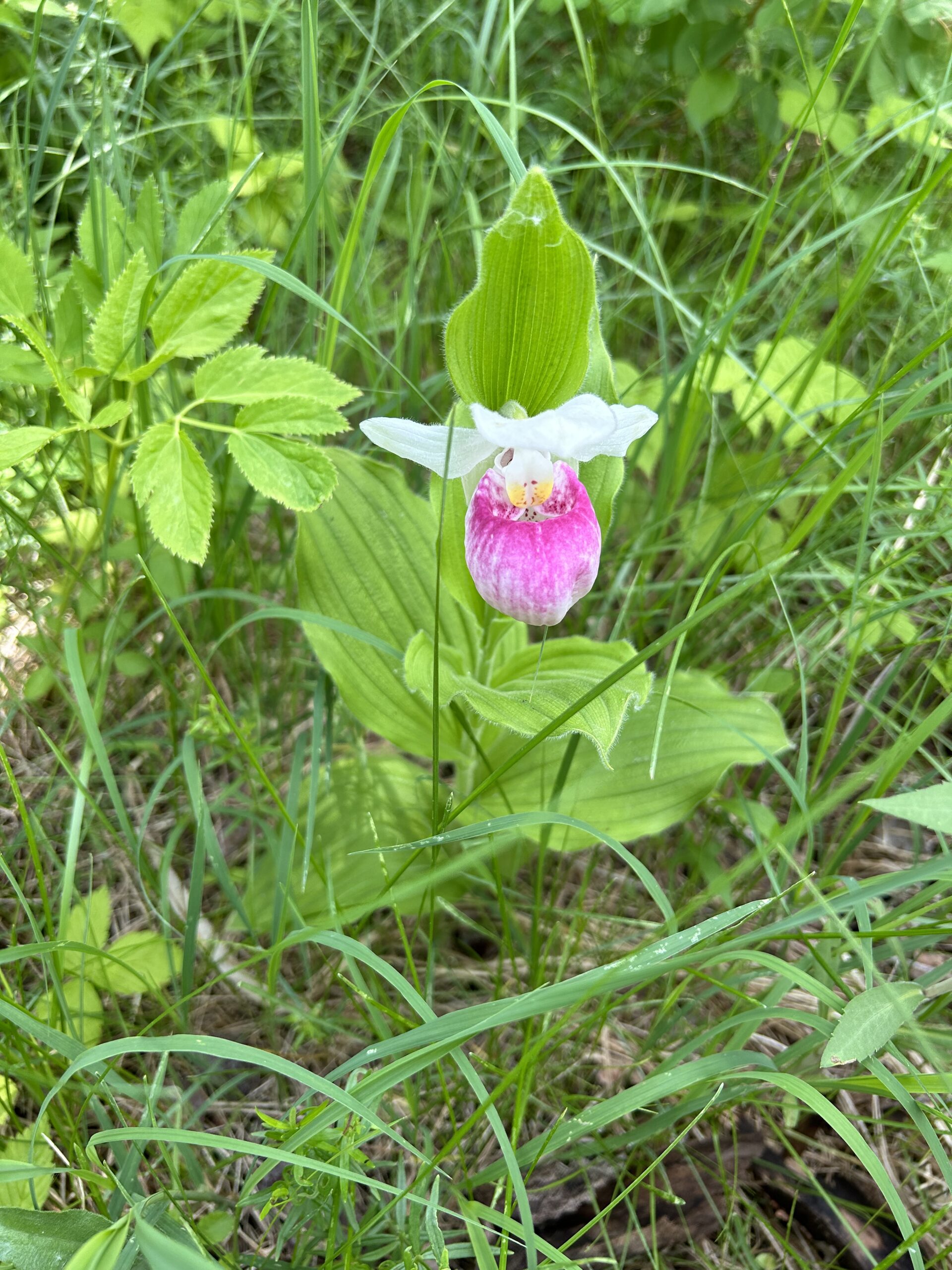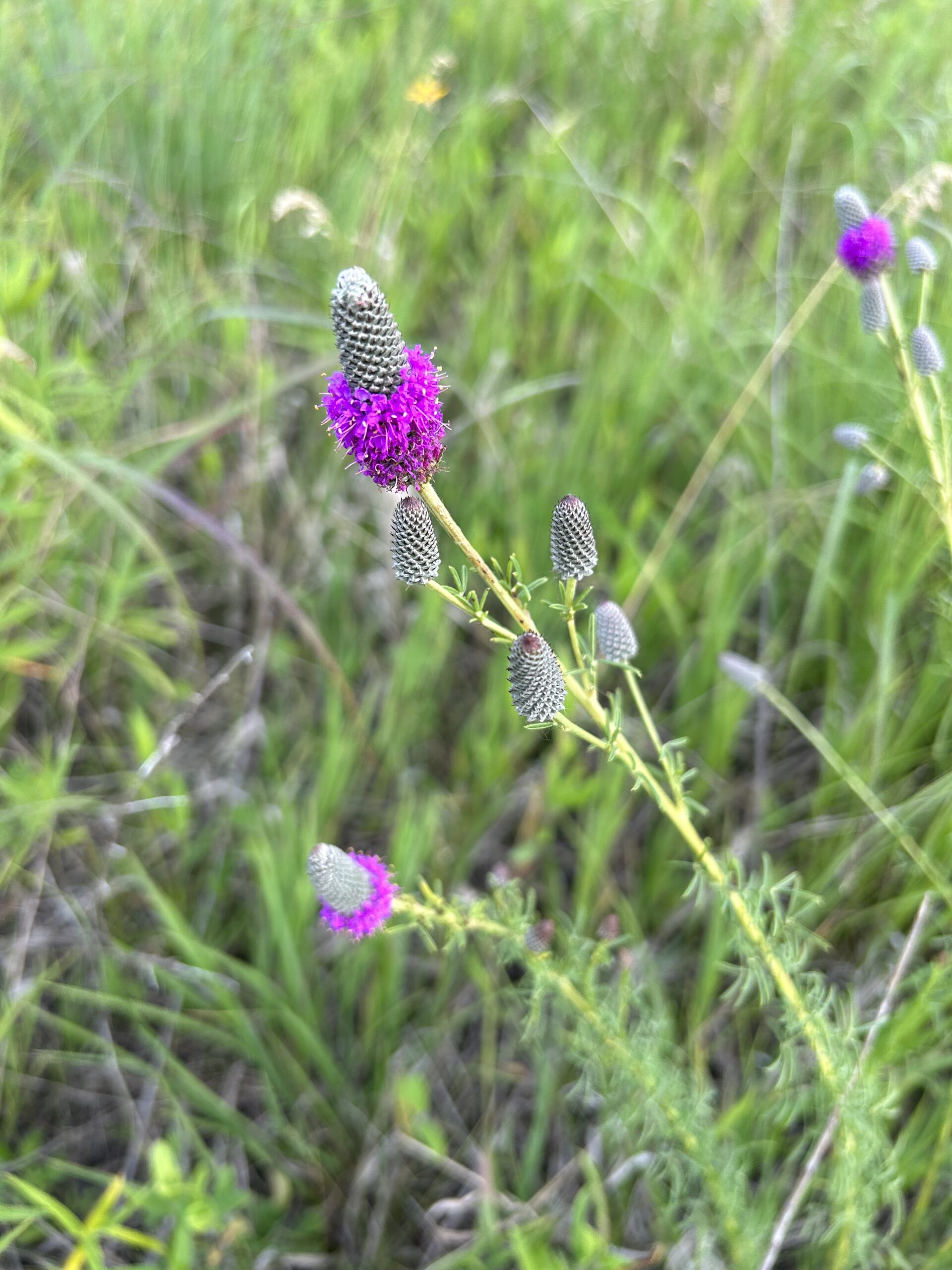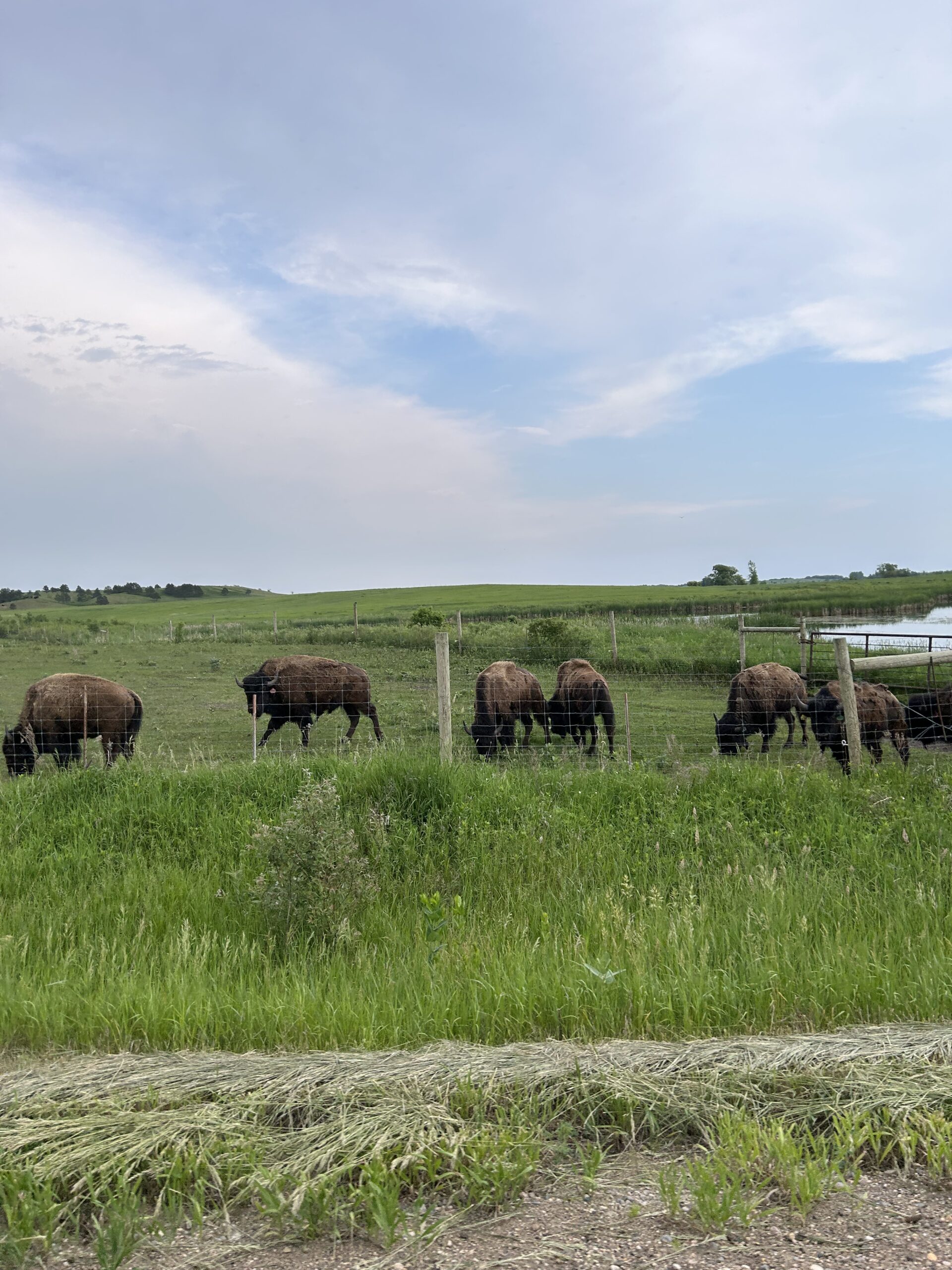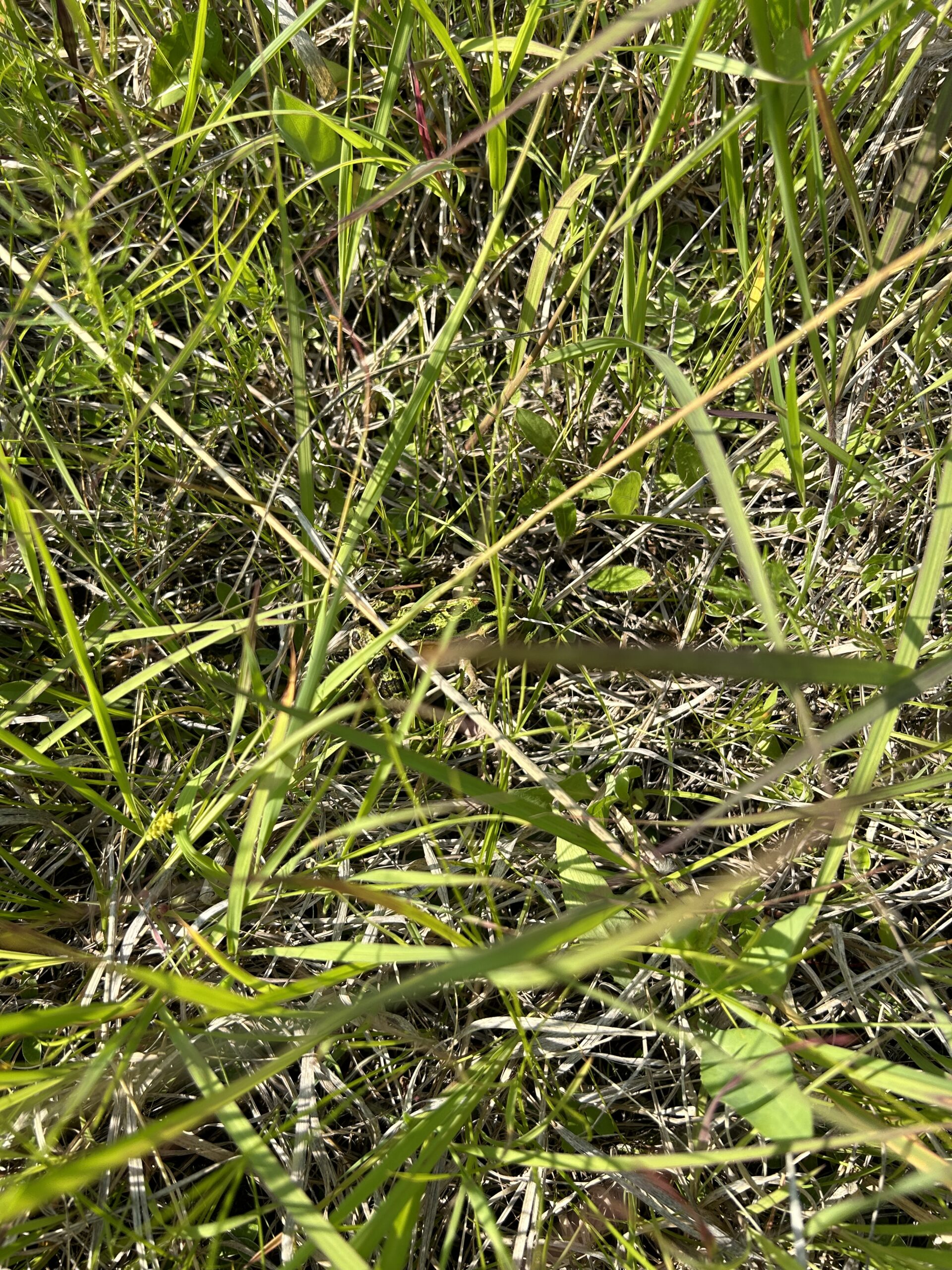When we travel to Midwestern prairie remnants to collect from an extremely long list of target species, it can be disappointing to ID a species with a large population that is not on your list. I am here to argue for the beauty in the unexpected undesirables (those not on the list). We see everything from abundant plants that we have more than enough seed from to rare plants to things that are not plants at all. During a recent hitch to northern Minnesota, we were scouting a large prairie remnant when I stumbled upon the Showy Lady’s Slipper (Cypripedium reginae). It is the state flower and a beloved symbol of the area. Even though I had previously lived in Minnesota for four years, I had never seen one until this scouting trip. It was certainly not on our collection list and only had a population size of five across the section we saw, but it was still special to see.

Our target species are often difficult to find and/or produce very little seed. This makes it difficult to find the perfect collection population, but also makes the effort worthwhile by filling in the gaps. Unlike our target species, we often see the same plants over and over again in large populations that make us wish they were on our list for ease of collection. One such beautiful plant is the purple prairie clover (Dalea purpurea). When it is not blooming, the blue-ish gray spikes predominate the landscape. When it blooms, the spikes turn strikingly purple and the small flowers are quite a sight (even if you have seen them many times before).

We visit large ecosystems that support much more life than just the plant populations. From the less desired ticks and mosquitos to the frogs and snakes that jump out as we walk through the field, the sites are full of life. Some USFWS offices create partnerships with local farmers to use cattle or even bison to graze and help manage the land. While driving away from a field site, we saw one group of such bison. Within the field sites, animals tend to run away quickly or hide from us. Try to find the frog hidden in the photo below.


June was a month filled with discovering new sites, seeing many plant species for the first time, and collecting populations of successful seeds. I am excited to see what July brings.
